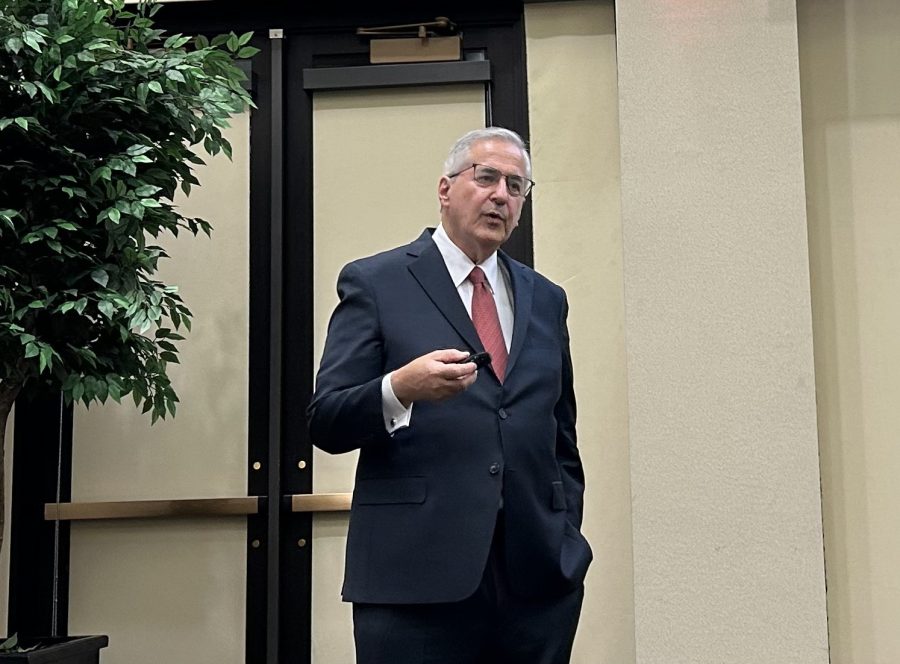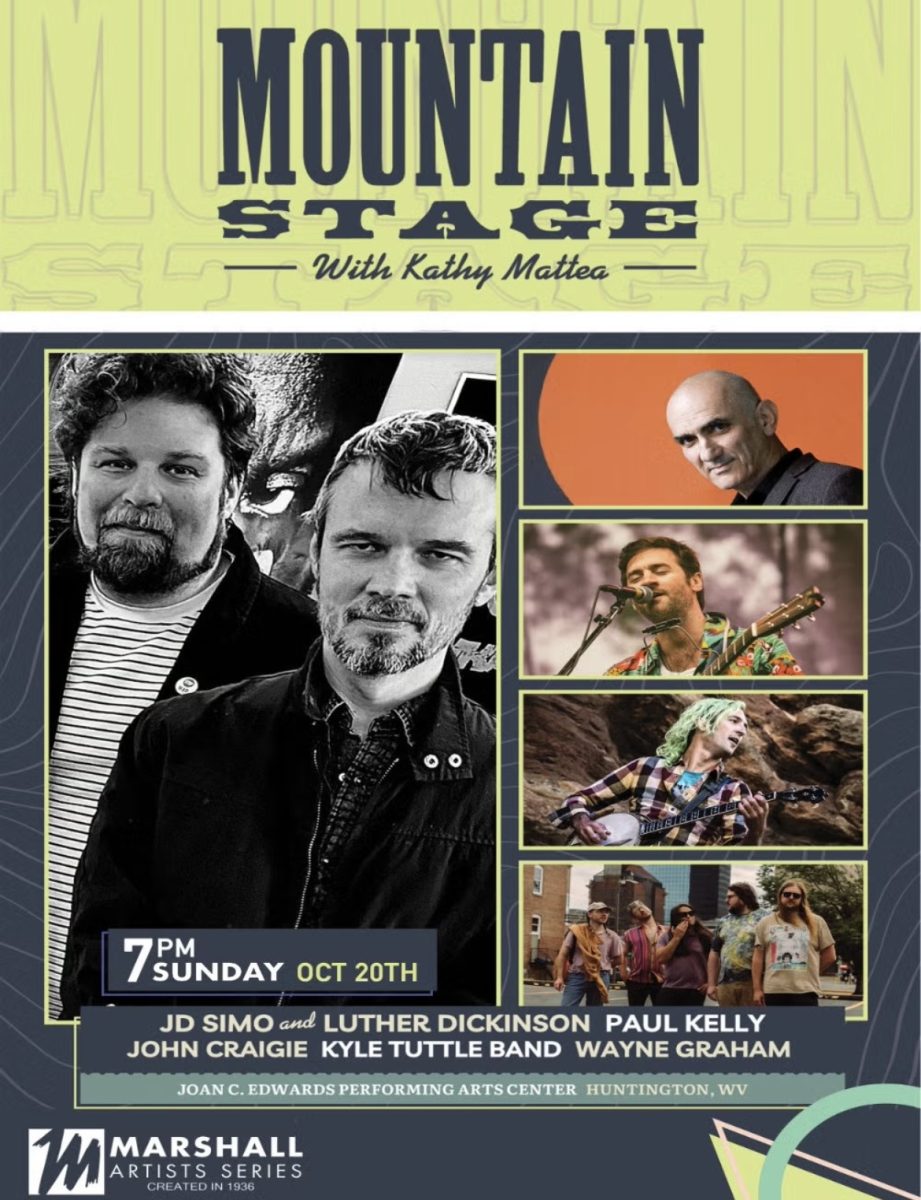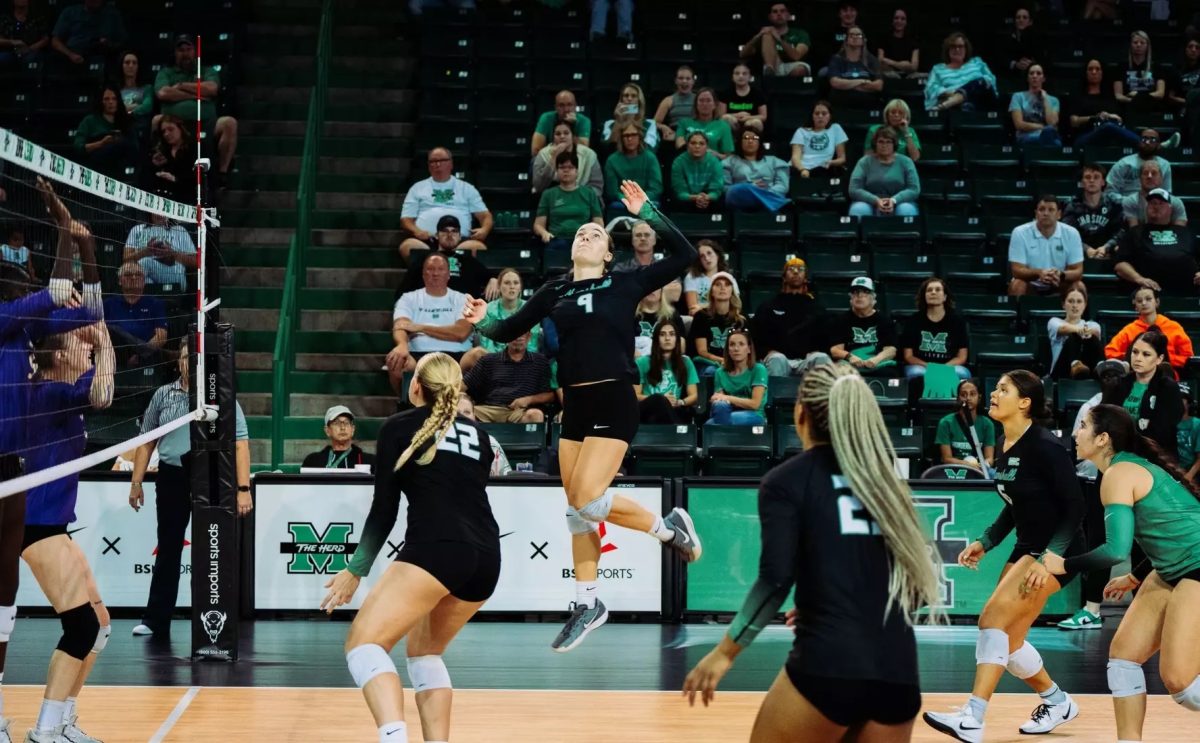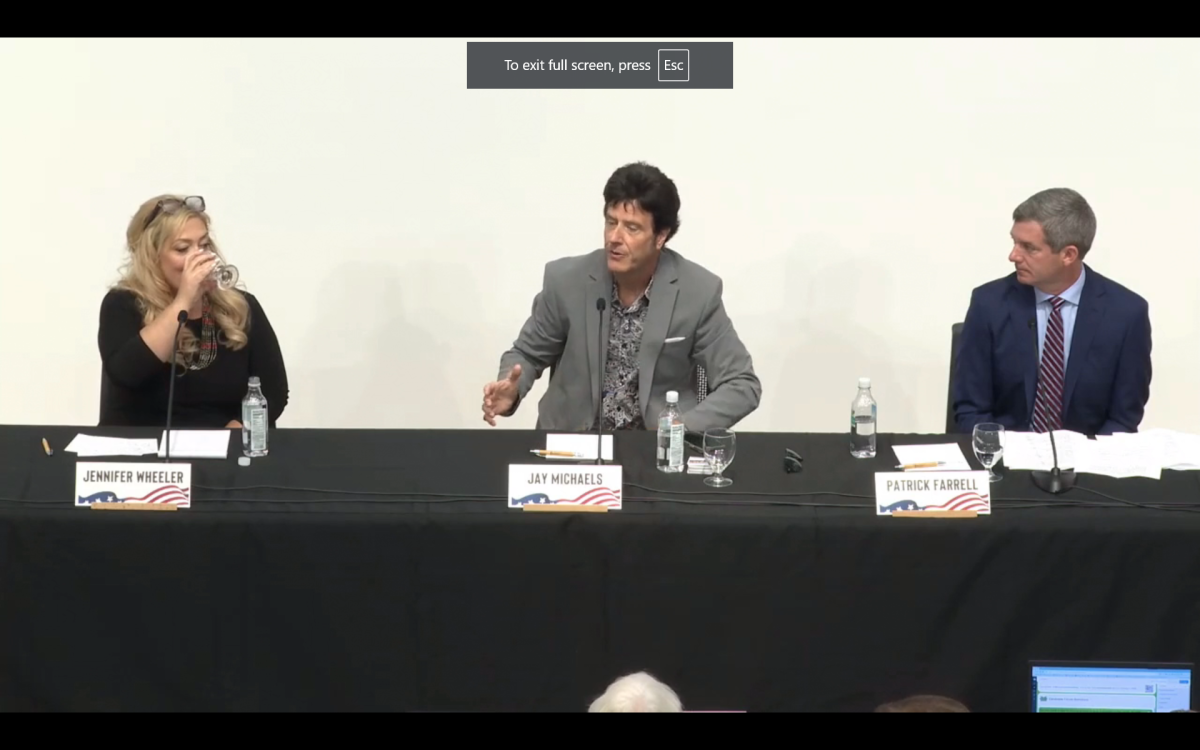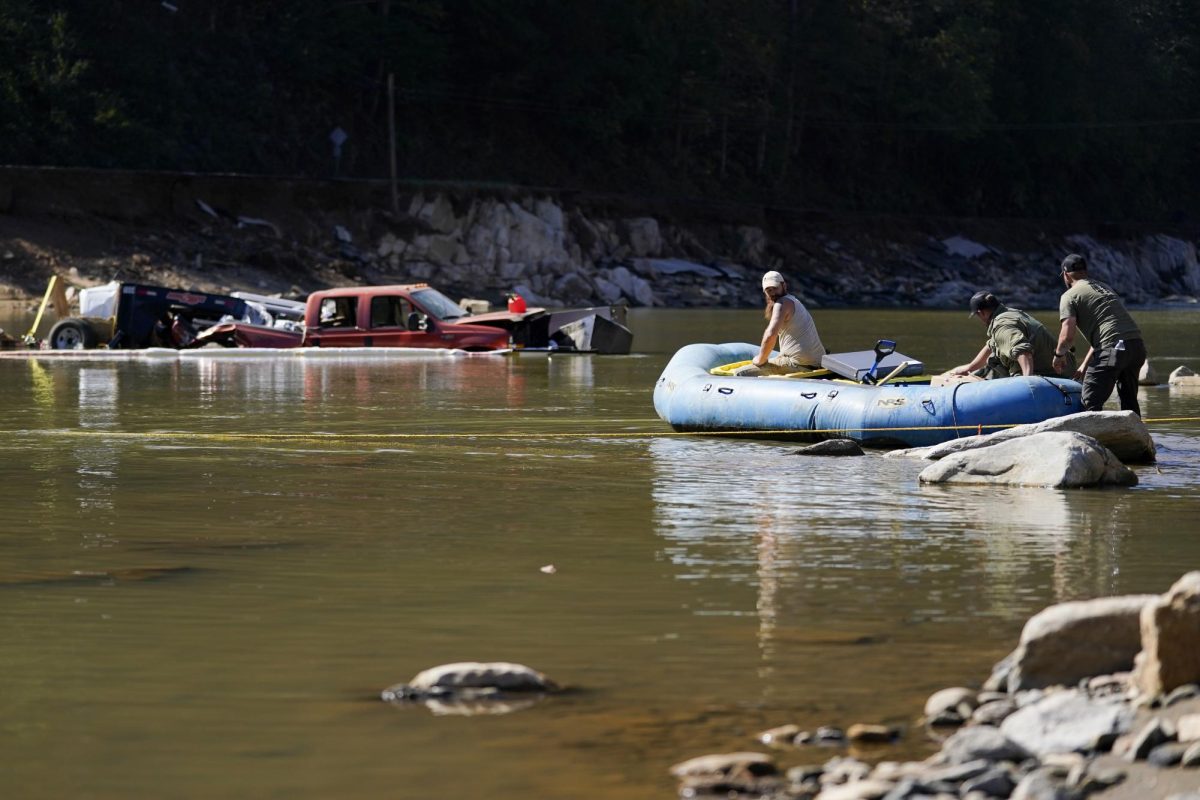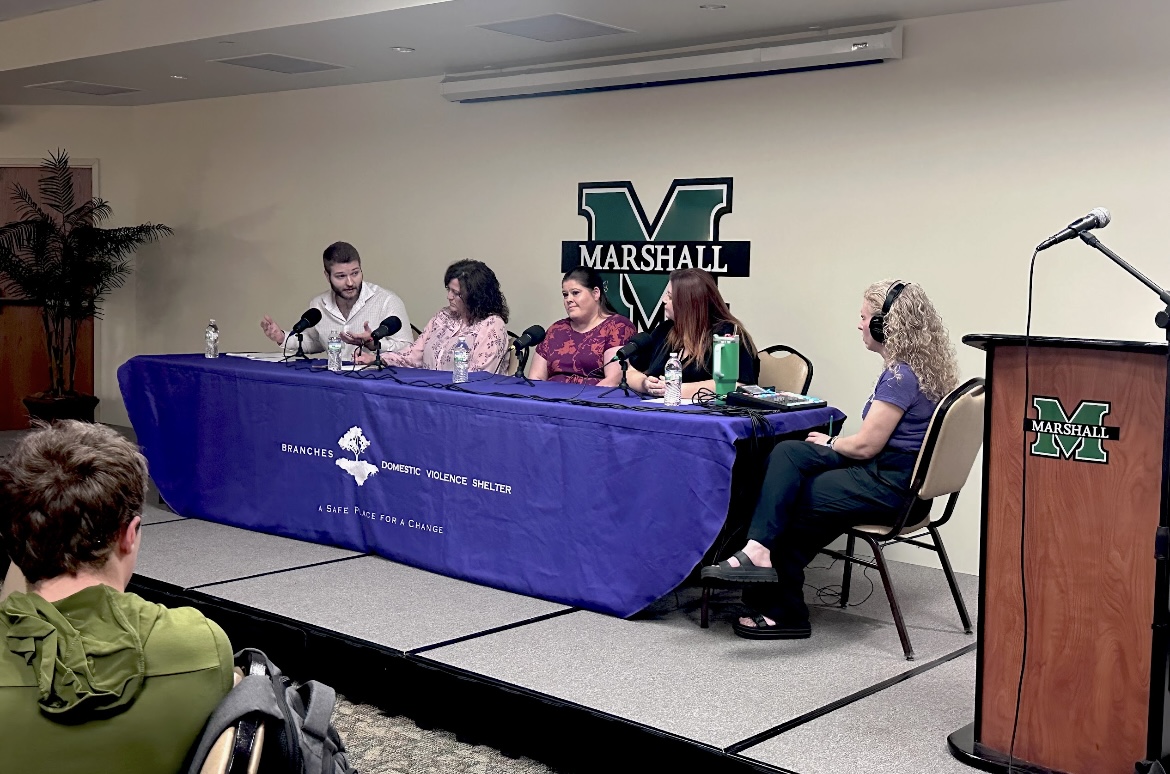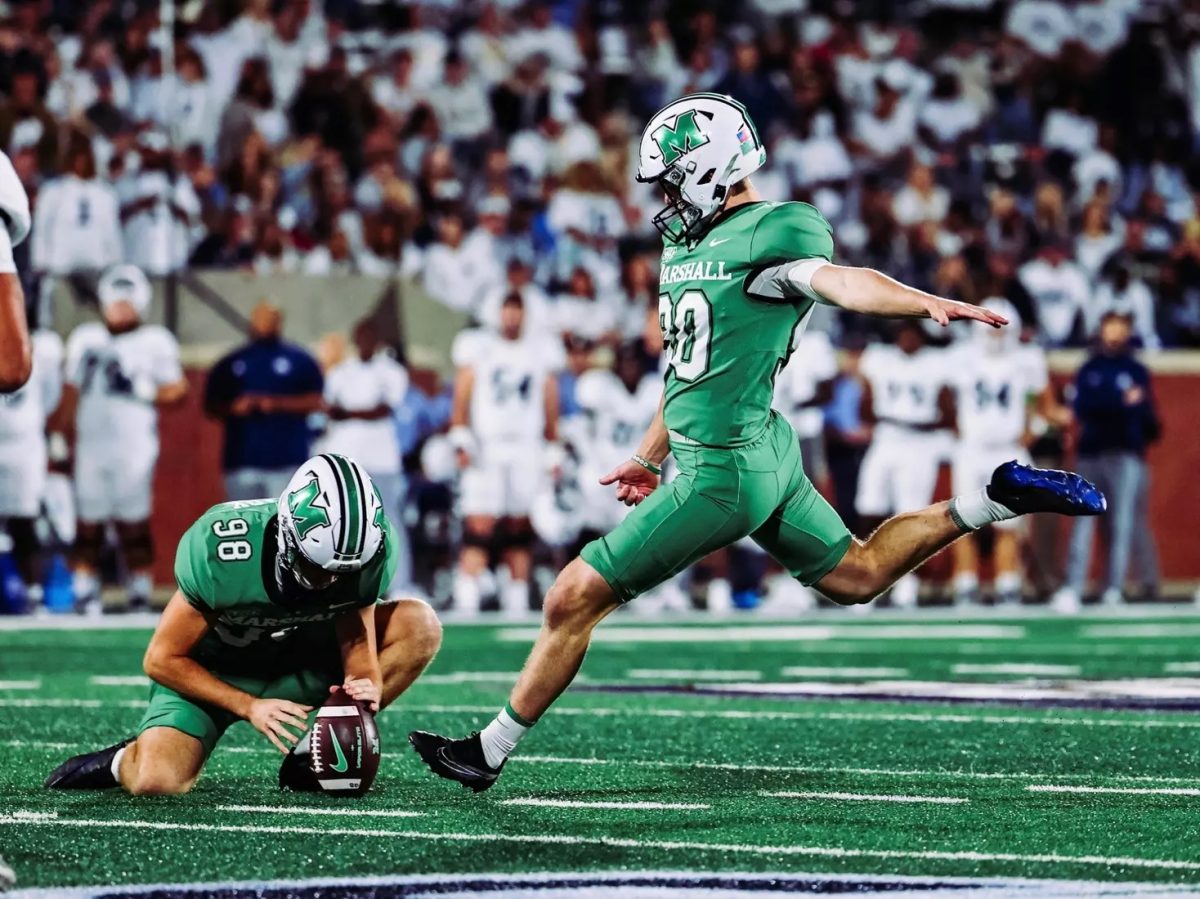Marshall Facilitates Presentation on Looted Jewish Art
February 22, 2023
It has been seventy-eight years since World War II, and the art world is still seeing its effects.
Marshall welcomed Dr. Wesley Fisher to speak on his project, “The Found Museum: Collections Throughout the World of Unclaimed ‘Heirless’ Art Looted from Jews by the Nazis and Their Allies,” on Tuesday, Feb. 21.
Fisher is the director of research for the Conference on Jewish Material Claims Against Germany and World Jewish Restitution Organization. He formerly worked as an associate professor at Columbia University.
Chris Miller, secretary of Marshall’s Board of Governors, opened the presentation. Fisher was then introduced by Toney Stroud, chief legal officer for Marshall’s presidential office.
Fisher spoke on the track of a historical timeline, beginning at the start of World War II and extending to present-day.
Starting on the night of Kristallnacht, or Night of Broken Glass, millions of art pieces were stolen from the Jewish population by the Nazi party in Germany. Many of these pieces are still deemed as “heirless,” but Fisher disagrees.
“Nothing is heirless. It’s deemed heirless because you don’t know to whom it belongs,” Fisher said.
In the West, the United States army, under President Dwight D. Eisenhower, helped establish the Munich Central Collecting Point. This was a place where looted art could be safely collected and eventually returned to its owners.
However, Munich Central, among many other collecting points, were returning pieces to the capitals of countries instead of the individual victims.
“The Jews of the world began to object very strenuously,” he said. “They convinced the U.S. military that, indeed, this should be taken care of in a different way.”
The United States military created Law 59 in 1947, which advocated for the fast recovery and return of property that was stolen.
Before the 1990s, the concerns around looted Jewish art were less publicly focused on. The focus had been “getting people back on their feet” instead of recovering the pieces.
During the 1990s, books began to be written on the subject. Some of these include “The Rape of Europa” and “The Lost Museum.” These publications pushed for the conversation of looted Jewish art to take back its place in society.
The effects of these publications are seen in three major conferences: the Washington Conference of 1998, the Vilnius International Forum of 2000 and the Prague Holocaust Era Assets of 2009.
The Database of Art Objects at Jeu de Paume was created, which covered art deposited from 1940 through 1944. This supplied a resource for those interested in the art.
Fisher noted a connection between looted Jewish art and the local Huntington Art Museum, saying that the museum houses eighty Jeu de Paume items.
While some countries eagerly aided the recovery and return process, others, such as Finland, backed off the project.
Concluding his presentation, Fisher reflected on the realities of the restitution fight.
“For the most part, Jewish interests are simply ignored, even today,” Fisher said.
This event, which was held in the Brad D. Smith Foundation Hall, was sponsored by Dutch Miller Auto Group and Marshall’s Office of Academic Affairs.


